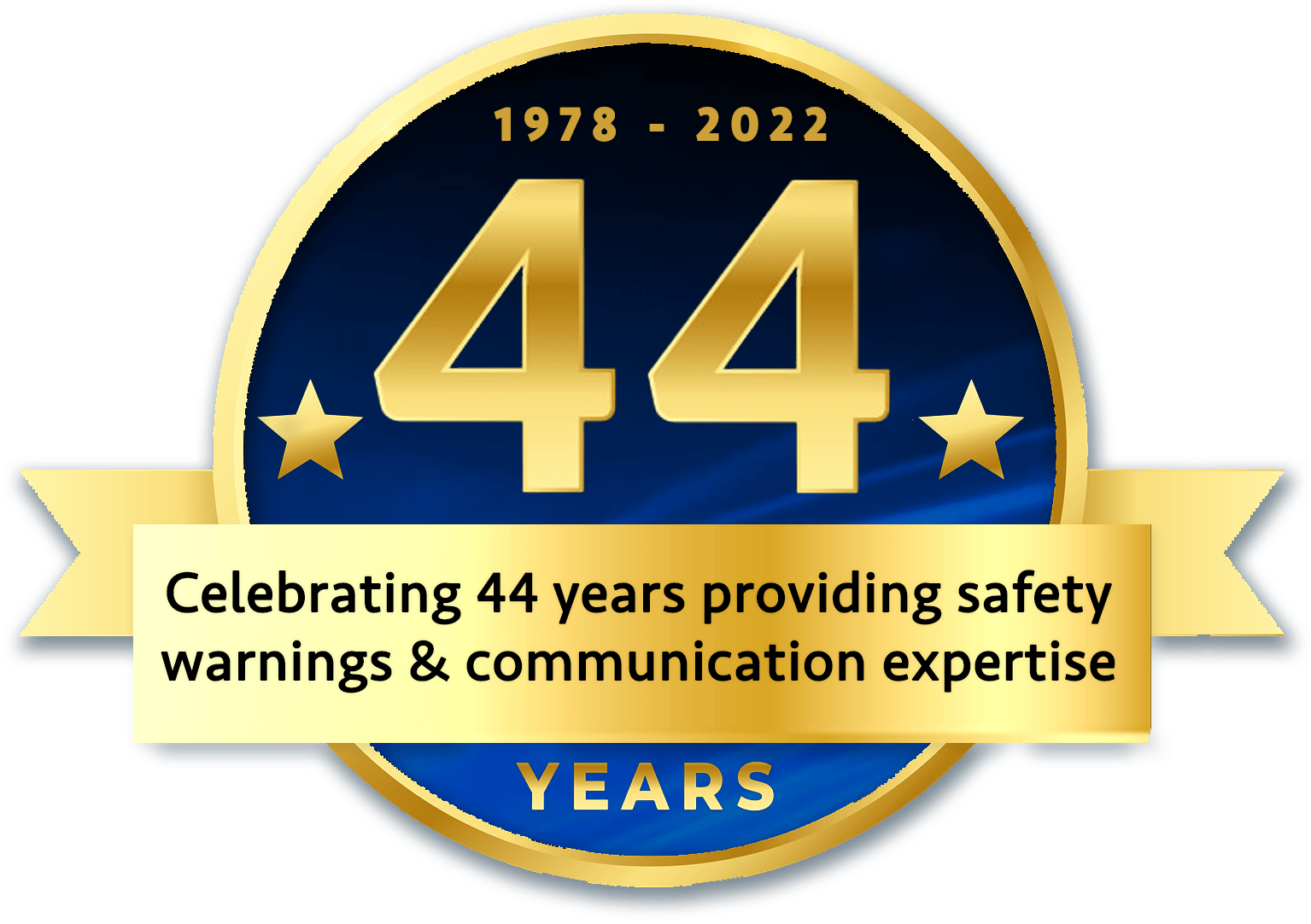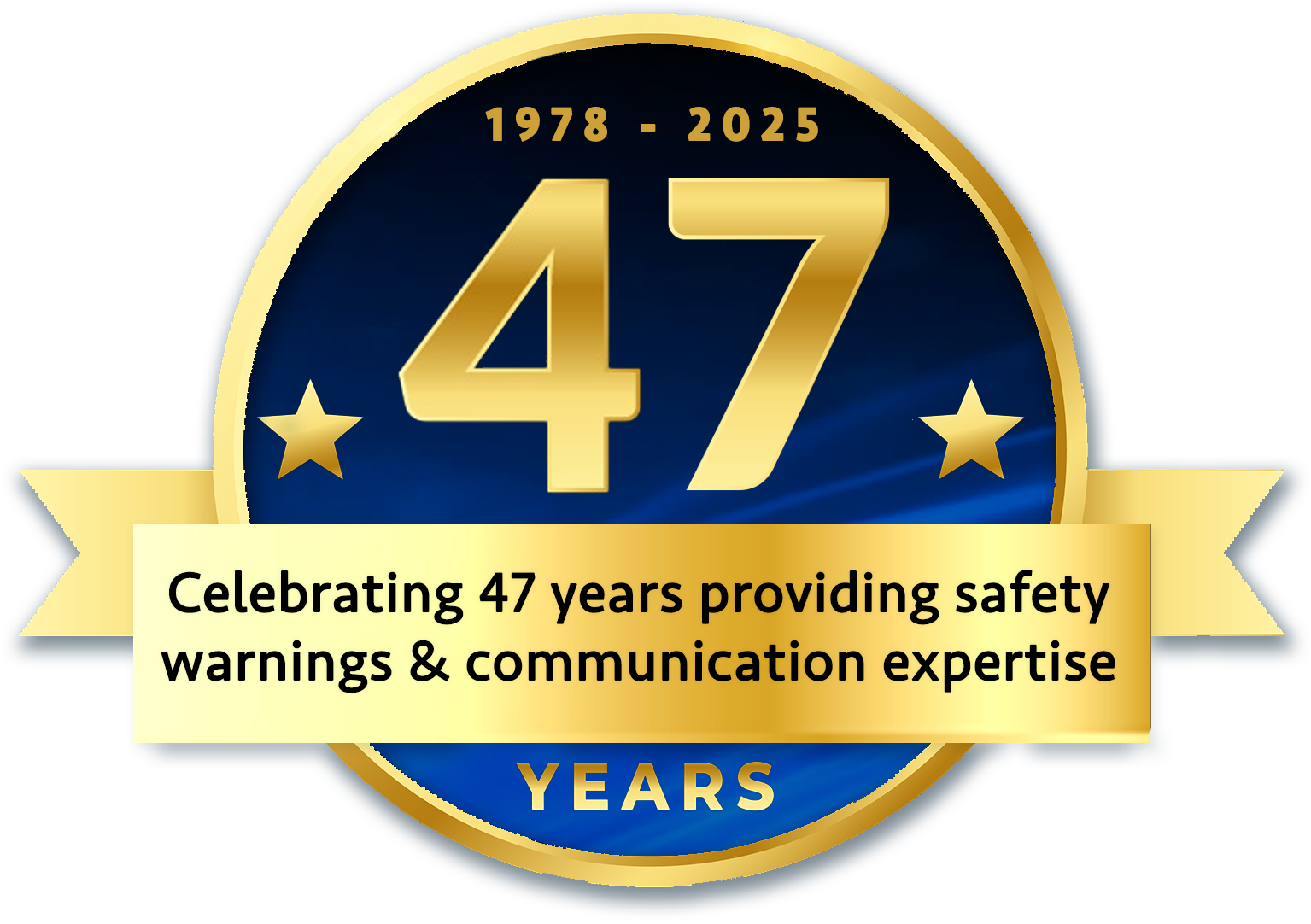DO NOT TAKE THESE WARNINGS WITH A GRAIN OF SALT!
The Food and Drug Administration (FDA) recently warned us that we are eating too much salt, but has only recommended
that we reduce the amount of sodium in our diets. In short, we are drowning in a sea of salt and we need our own lifeboats to save ourselves. Five years ago (2016) the FDA issued a draft guidance that set our daily sodium intake at 2300 milligrams, about 1 teaspoon of salt/day. While accepting this guideline from the FDA, the American Heart Association (AHA) recommended that people at high risk of hypertension (high blood pressure) should aim for 1500 milligrams/day. Perhaps in a bow to the reality of our typical high sodium diets brought on mostly by what we eat from a salt-obsessed food industry (70% of the sodium we consume comes from added salt in foods we buy in stores and restaurants), the FDA now is seeking to lower our daily sodium consumption from about 3400 milligrams (mg) to 3000 mg/day, about a 12% reduction over the next 2-3 years.
The AHA immediately challenged the FDA's new guidance by calling the FDA's action a "step forward" but "not low enough", calling for them to strongly recommend a 2300 mg/day maximum. They contend this would prevent almost 1/2 million new cases of cardiovascular disease and save $40 billion in health-care costs over a 20-year period. Will this new guideline work? Janet Woodcock, Acting Director of the FDA, believes it will and said the FDA will closely monitor the actions of industry and "if needed, additional action might
be taken by the agency." Food critics, such as noted author and nutrition researcher, Marion Nestle have savaged the FDA's recommendation stating, "The first issue is that this is voluntary. Food companies don't have to pay any attention to it at all!"
As I have pointed out in my new book, MURDER, INC.: HOW UNREGULATED INDUSTRY KILLS OR INJURES THOUSANDS OF AMERICANS EVERY YEAR...AND WHAT YOU CAN DO ABOUT IT!, the food industry will not voluntarily assume the expense of discontinuing a successful food product or changing the industrial processes needed to reduce the amount of sodium in their food products, once again choosing profits over safety. The FDA must be more aggressive in mandating,
not recommending, limits on salt in foods and then requiring, just as they did with sugar, a more transparent label so the public can actually understand what they are eating.
Since I am somewhat doubtful the FDA will ever adopt sodium mandates, at least in the near future, I believe we have to take action ourselves to protect ourselves and our families. Apparently the FDA agrees because Susan Mayne, who directs the FDA's Center for Food Safety and Applied Nutrition, has said, "We're really relying on the public to ask for these (low-sodium foods) and be positive about them because that will help drive us toward a healthier food supply." In other words, the FDA has told us we are on our own! The trouble with this advice is that sodium is found in virtually everything we eat or drink, and most of us aren't trained in nutrition and food safety. As Yogi Berra used to say, "I don't know what I don't know!" For that reason, as The Warnings Doctor, I will identify at least some of the foods you may want to limit in your diet due to their very high sodium content. I do so with the caveat that we all need sodium in our diet as necessary electrolytes that help balance the fluids in our body as well as playing a key role in normal nerve and muscle function. The challenge we face, especially if we have high blood pressure, is to avoid excessive amounts of sodium, such as that found in the following foods:
- Shrimp. A 3-ounce serving of frozen shrimp has 800 mg of sodium, about 1/3 of your daily minimum; fresh shrimp, however, has only 100 mg of sodium for the same amount.
- Soup. Canned or restaurant soups have at least 700-800 mg/one cup serving. Most restaurant servings are at least 2 cups. Buy only low sodium soups and avoid them at a restaurant.
- Ham. A 3-ounce serving of ham has almost 1200 mg of sodium, and most people eat at least a 6-ounce serving, thus consuming their daily recommended intake of sodium in just one serving of ham. The same could be said for most cold cuts and salami even has almost 1000 mg of sodium in only a 2-ounce serving...and that's without the bread!
- Bread. Most white breads (e.g., Pepperidge Farms Hearty White Bread) have about 1400 mg/2 slice serving. This means that every slice of bread has as much salt as a small bag of potato chips. If you're still doing the math with me and want a salami sandwich on white bread, with 4-ounces of salami, an average serving, you will consume 3400 mg of sodium...and that's not including the 200 mg for the mustard!
- Pizza. Depending on what ingredients you put on your pizza, an average slice of pizza from a restaurant has about 1000 mg of sodium; it's slightly less if your buy a frozen pizza and cook it at home...about 800 mg. Since most of us eat 3 slices at a time, we have equaled or more than exceeded our daily limit of sodium...and that's in addition to the sugar in a slice of pizza, which is the equivalent to the amount found in an oreo cookie.
- Salad Dressing. Most commercially available salad dressings have an average of 500-600 mg of sodium/2 tablespoon serving. If you look hard, you may find low sodium dressings, but an easier solution is to use olive oil and vinegar, both of which are virtually sodium free.
- Processed Cheese. American cheese and Velveeta are the best sellers in this category and can have as much as 1000 mg/serving of just two slices. A better option is to buy lower sodium natural cheeses such as swiss, mozzarella, goat and ricotta which can have as little as 1/4 that amount.
- Sauces. The grand champion of sauces is Soy Sauce which has a whopping 1000 mg of sodium/2 tablespoon serving. Barbecue sauce and tomato sauce are not far behind with almost 800 mg/typical serving. Obviously, the low sodium options of these sauces would be preferable.
- Hot Dogs and Other Processed Meats. Just one hot dog can have as much as 1300-1400 mg of sodium with similar numbers found in other processed meats such as bratwurst and sausages. Avoiding these foods is the best solution.
- Bagels. One bagel has between 400-600 mg of sodium, depending on its flavor. As a Jew this might be heresy, but I am reserving bagels for a once a year treat when I break my Yom Kippur fast.
You can learn more about this topic on my podcast, EXPOSED! In the episode, "Salt Wars: The Battle Over the Biggest Killer in the American Diet / Interview with Michael Jacobson, Ph.D.,"
we pull back the curtain on salt to reveal essential health, nutrition, and food safety tips to help keep you and your loved ones safe.
My list could go on, but this should give you a good head start on lowering the amount of sodium in your diet. Your heart will thank you even if your taste buds will take a little time to adjust.

As Thanksgiving approaches, kitchens across the country are about to come alive with the sounds and smells of holiday cooking. While this season brings family, gratitude, and plenty of delicious food, it also comes with a serious and often overlooked risk: foodborne illness. In the U.S., Salmonella and Listeria remain two of the most dangerous and persistent causes of food poisoning—especially during the holidays, when increased food preparation, crowded refrigerators, and large holiday meals create ideal conditions for bacterial growth.Whether you’re hosting your first Thanksgiving dinner or you’re a seasoned holiday chef, brushing up on a few key food safety practices can help you keep your loved ones healthy and your celebration memorable for all the right reasons.

The race to develop autonomous vehicles (AVs) has reached a pivotal moment. Alphabet-owned Waymo, widely regarded as the frontrunner in the field, has rolled out fully driverless taxis in Phoenix, San Francisco, and Los Angeles, with plans to expand to additional cities. But as more Waymo vehicles hit public roads without human drivers, the question looms large: Are they truly safer than the people they’re replacing behind the wheel?

We are now in the middle of another football season, and the question, as asked every year: Is this sport safe enough for our high school, college, and professional athletes to play? Football has always been a violent sport of collision, glory, and growing concern. Over the last decade, research tying repetitive head impacts to chronic traumatic encephalopathy (CTE) has shaken parents, players, and the game’s governing bodies. The central realities are straightforward but sobering: repeated head impacts — both diagnosed concussions and the many “sub-concussive” blows players take — are linked to later-life brain pathology; helmets and add-ons can lower impact forces, but no helmet or cover has been shown to prevent CTE; and rule and culture changes that reduce the number and severity of head impacts are where the biggest gains lie.

The Centers for Disease Control and Prevention (CDC) has long been viewed as the nation’s front-line defense against disease outbreaks, health emergencies, and public health threats. But today, the agency faces internal turmoil, political interference, and organizational confusion that experts warn could have dangerous consequences for the U.S. healthcare system—and for ordinary Americans.

From July 3–4, 2025, Central Texas—especially Kerr County and the Guadalupe River basin—experienced catastrophic flash flooding that claimed over 130 lives, including children and staff at Camp Mystic. As grief and outrage settle, survivors and officials alike are questioning whether enough was done to warn those most at risk.

On June 22, 2025, Governor Greg Abbott signed Senate Bill 25 (SB25), known as the Make Texas Healthy Again Act. Beginning January 1, 2027, Texas will require prominent on-pack warning labels whenever food sold in the state contains any of 44 specific additives—including synthetic colorants like Red 40, Yellow 5, Blue 1, titanium dioxide, bleached flour, and partially hydrogenated oils. The mandated label must declare the following:
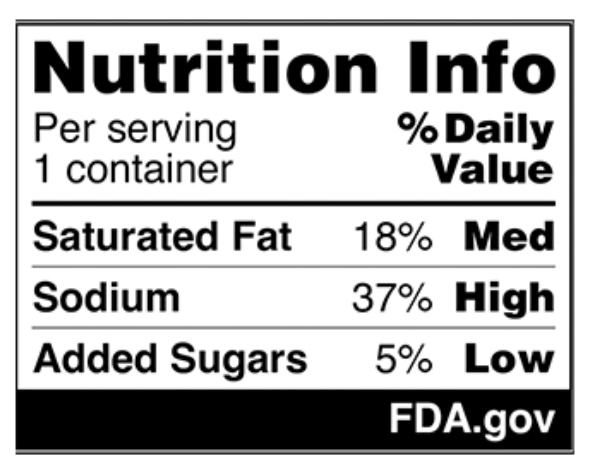
The FDA is delaying implementation of a rule that would require food companies to print nutritional information on the front labels of their products. The proposed rule was developed by President Biden’s Administration, with a comment period scheduled to close on May 16. The rule is designed to help consumers make better choices to avoid chronic health problems. Such problems—and consumer choices about nutrition—are things President Trump’s Secretary of Health and Human Services, Robert F. Kennedy Jr., has repeatedly touted. Even though hundreds of comments have been filed about the proposed rule, Kennedy’s Food and Drug Administration is delaying the close of the comment period by 60 days. Most of the comments filed so far have come from food companies and food industry trade organizations. “ A 60-day comment period extension allows adequate time for interested parties to submit comments while also not significantly delaying rulemaking on the important issues in the proposed rule ,” according to the FDA’s announcement about the delay.
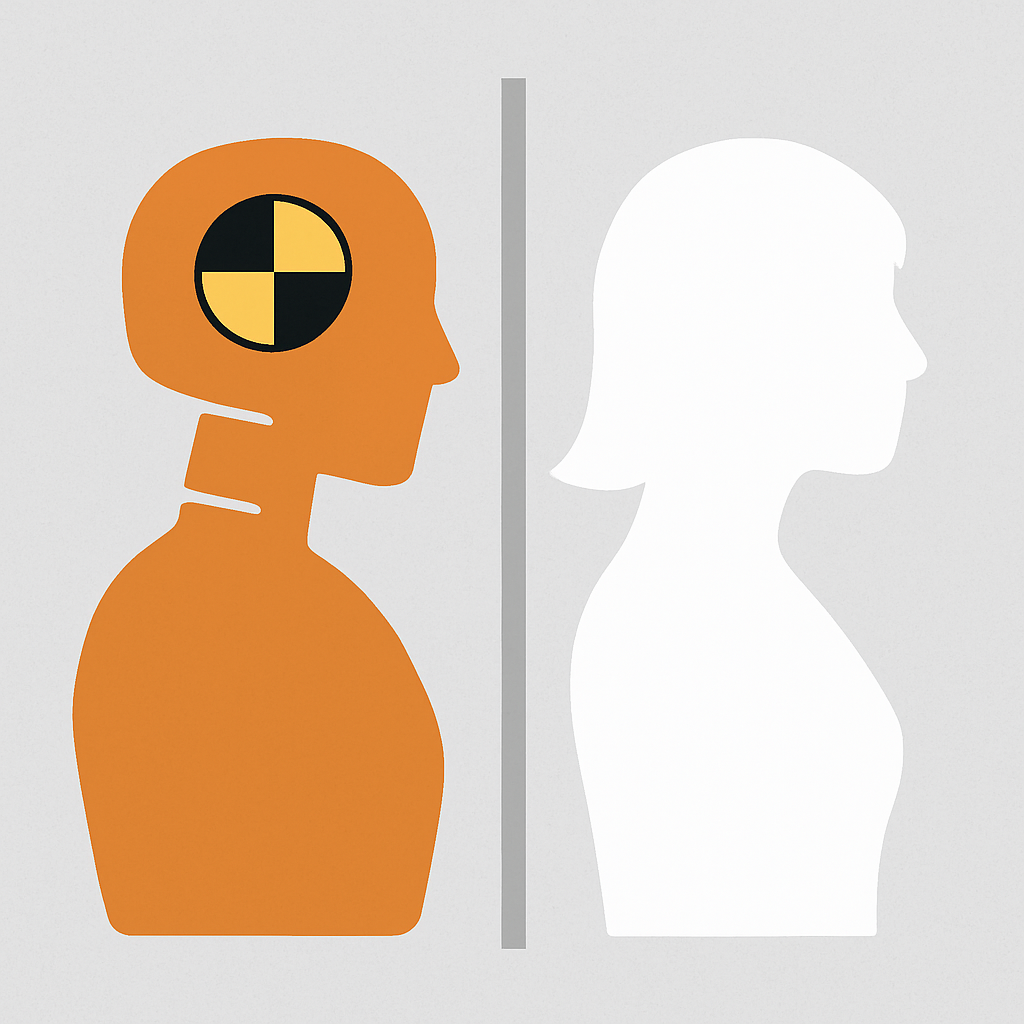
Car accidents are a leading cause of injury and death worldwide, yet the safety measures designed to protect occupants in these life-or-death situations have long ignored a critical reality: women are more likely to be severely injured or killed in crashes than men. This disparity isn't rooted in biology alone—it’s also a result of a troubling oversight in the automotive industry’s safety testing protocols. For decades, crash-test dummies, which serve as proxies for human passengers in simulated collisions, have been modeled after the average male physique, leaving women out of the equation entirely. The Alarming Data Gap The implications of this gender gap in safety testing are both staggering and infuriating. Women, on average, have different body compositions than men—they tend to be shorter, lighter, and have different muscle distributions and bone densities. These physiological differences mean that women’s bodies interact with car safety features—such as seat belts, airbags, and headrests—in distinct ways. When vehicles aren’t tested with dummies that accurately represent female anatomy, crucial data about how to better protect women in crashes is simply ignored. Studies have revealed the dire consequences of this exclusion. Research from the University of Virginia found that women are 47% more likely to sustain serious injuries in car accidents compared to men, even when accounting for variables like seatbelt usage and crash severity. Women are also significantly more likely to suffer whiplash injuries due to the positioning of headrests, which are often designed with men’s neck dimensions in mind. These statistics aren’t just numbers—they represent lives cut short, families broken, and untold suffering that could have been mitigated with equitable safety testing.
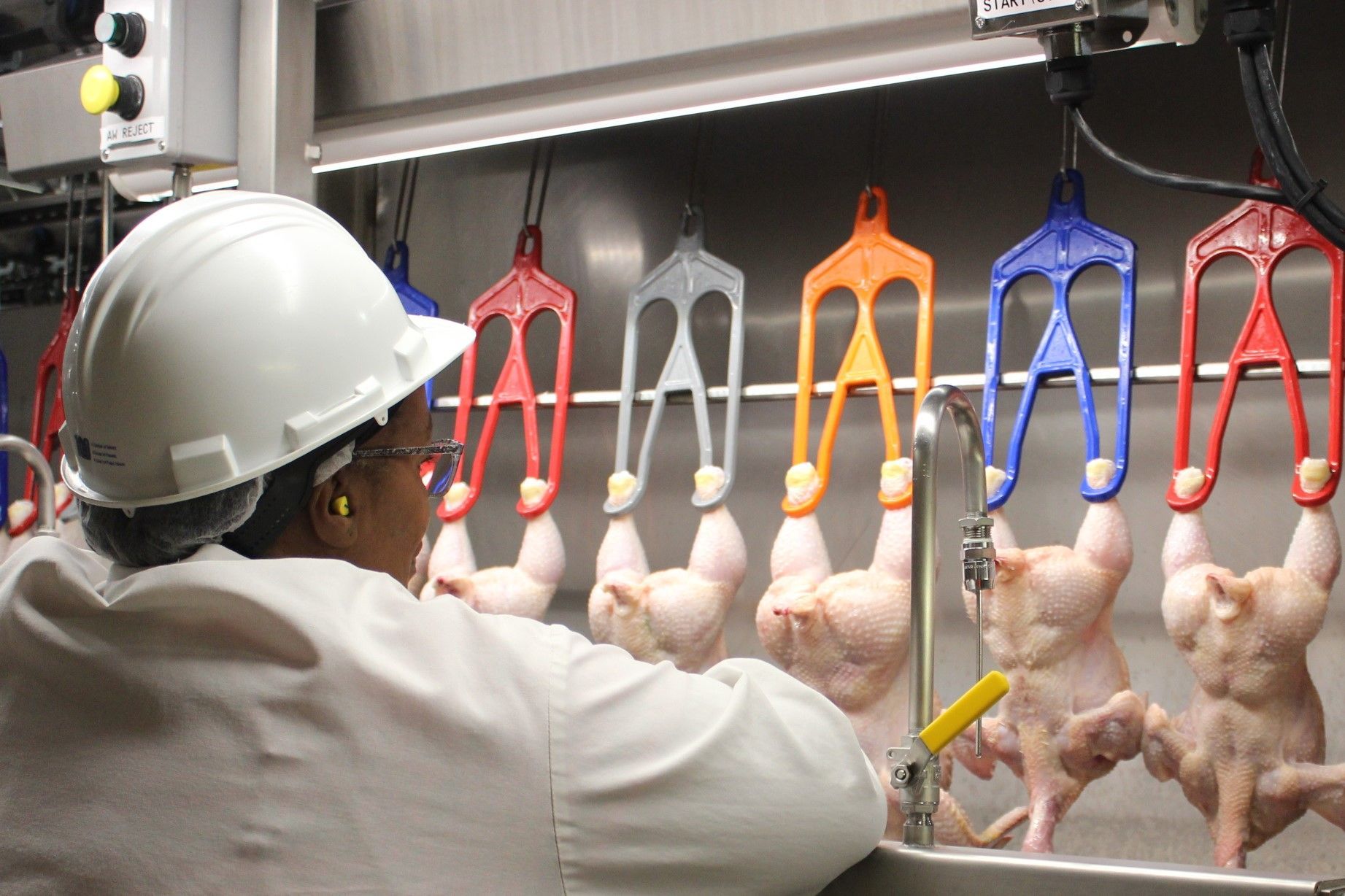
Recent budget cuts at the Health and Safety Science Services (HSSS) have sent shockwaves through the scientific and public health communities, threatening the very infrastructure designed to protect us from disease outbreaks, food contamination, and medical crises. These cuts have affected food inspectors, vaccine scientists, Alzheimer’s researchers, and experts studying bird flu, among others—positions that are essential to ensuring public safety and advancing critical medical research. The consequences of these decisions will be dire, potentially reversing years of progress and exposing society to increased health risks.

As Elon Musk's Department of Government Efficiency (DGE) pushes for sweeping reforms and cost-cutting across federal agencies, concerns are mounting over the impact on critical public safety roles. Among the most alarming areas affected is the Federal Aviation Administration (FAA), where staff reductions may threaten the lives of millions of air travelers. The DGE, established with a mandate to streamline government operations and reduce bureaucratic waste, has come under fire for its aggressive downsizing tactics. Critics warn that essential safety personnel, including air traffic controllers, are being cut under the guise of efficiency, leaving the nation's airspace dangerously understaffed.

